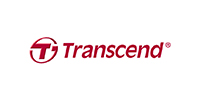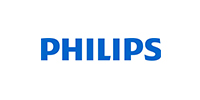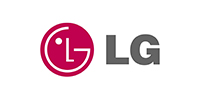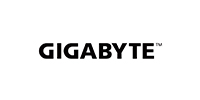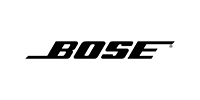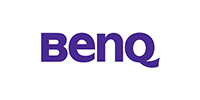Digital Banking in the U.S. 2025: Trends, Neobanks & the Rise of a Cashless Economy
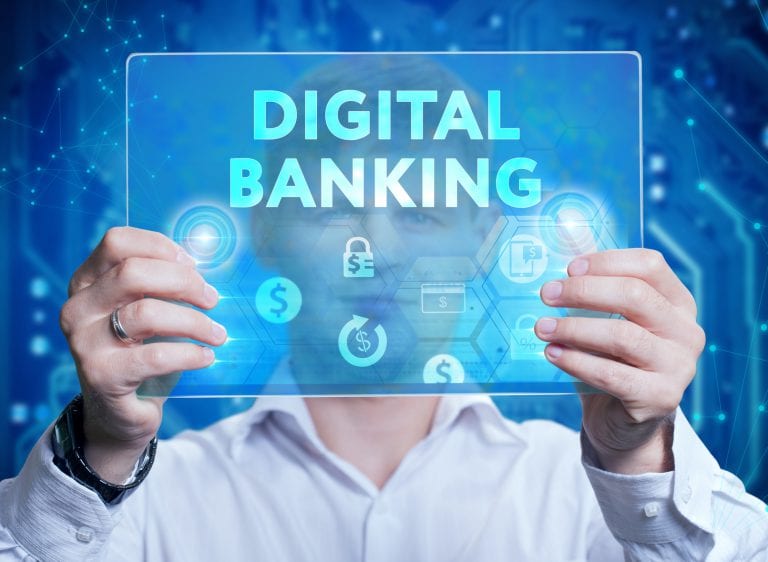
Digital Banking in the U.S. 2025: The New Financial Normal
Digital banking in the U.S. 2025 has shifted from convenience to necessity. With nearly 9 in 10 Americans preferring digital over traditional banking, institutions are transforming rapidly. From mobile-first experiences to AI-driven financial services, the industry is entering a new era.

This post explores U.S. neobanks, fintech breakthroughs, the cashless economy, and real-life examples of digital disruption in banking.
Mobile-First Finance: How Americans Bank in 2025
The shift to digital has been led by mobile banking. In 2025, over 89% of Americans access their bank accounts via mobile apps. Traditional banks like Chase and Bank of America have expanded digital tools, while fintechs redefine ease-of-use.
Smartphones now power everyday tasks such as:
- Instant balance checks via biometric login
- Real-time spending alerts
- Peer-to-peer transfers using Zelle or Venmo
- Mobile wallets like Apple Pay dominating in-store purchases
According to Insider Intelligence, mobile banking is now the top customer engagement channel.
This evolution in mobile payments also contributes to the U.S. moving toward a cashless economy.
Neobanks Reshape the U.S. Banking Landscape
Neobanks—digital-only banks with no physical branches—are now household names.
Chime: Financial Relief for the Underserved
With over 21 million users, Chime offers early direct deposit, no overdraft fees, and budgeting tools. For low-income Americans, Chime offers an alternative to costly traditional banking. In 2024, it expanded “SpotMe,” allowing fee-free overdrafts of up to $200.
Case Study: After losing her job in 2024, Lisa M. used Chime’s fee-free structure to avoid NSF fees while job hunting. Chime’s savings feature helped her budget until re-employment.
Varo Bank: The First Neobank with a U.S. Charter
Varo received a national bank charter from the OCC in 2020. In 2025, it surpassed 10 million users by offering AI-powered money coaching and competitive savings APYs.
Mercury: Banking for Startups
Serving over 100,000 startups, Mercury simplifies digital finance by bundling checking, savings, and analytics in one sleek interface.
The success of neobanks lies in their focus on digital banking experiences tailored to user behavior—not outdated banking norms.
Real-Life Fintech Innovations Driving U.S. Banking
Beyond neobanks, U.S. fintech startups are pushing the envelope in automation, personalization, and real-time banking.
Affiniti: AI CFO for Small Businesses
In early 2025, Affiniti launched an AI financial agent that replaces traditional CFO functions. Businesses automate taxes, forecasting, and vendor payments via voice or dashboard.
Case Study: New York–based e-commerce brand TinyTrendz reduced their accounting hours by 70% after integrating Affiniti’s dashboard with QuickBooks.
Ramp: Smarter Corporate Spending
Ramp grew by 300% in 2024, offering AI-powered spending controls for companies. Its auto-generated reports now process over $1 billion monthly in expense reviews.
Business Insider calls this the “AIification of corporate finance.”
Fintech is not just innovating—it’s mainstreaming smarter banking across sectors.
Security First: How Digital Banking Stays Safe in 2025
As more money moves online, so do fraudsters. In 2025, banks invest billions in cybersecurity—especially AI-powered fraud detection.
2025 Security Trends:
- Biometric authentication replaces passwords
- Behavioral analytics detect fraud in seconds
- MFA (multi-factor authentication) is standard across major banks
- Tokenized payments in mobile wallets reduce theft risk
Real-world example: In January 2025, Wells Fargo thwarted a $4.8M fraud ring using its AI transaction engine that flagged pattern irregularities in less than 60 seconds.
The increased demand for secure, fast access has also led to higher adoption of banking apps with advanced encryption.
Cashless America: Digital Dollars Take Over
A defining feature of 2025 is America’s steady march toward a cashless society. Today, only 11% of U.S. purchases use physical cash. Stores like Amazon Go, Sweetgreen, and most major retailers are now card-or-app-only.
The U.S. Treasury supports this shift via FedNow, which allows instant interbank transfers 24/7.
Case Study: Jasper’s Deli in Chicago went cashless in late 2023. Within a year, they saw faster lines, less theft, and reduced payroll processing time by 40%.
McKinsey reports that a fully cashless infrastructure could save $100B annually in administrative costs.
Personalization Through AI in Digital Banking
Digital banks now use AI to create hyper-personalized financial experiences. From saving tips to auto-adjusted spending limits, AI is your silent money coach.
Key features include:
- Automated budgeting that adjusts to your income
- Smart alerts based on purchase behavior
- Dynamic credit recommendations from machine learning
Platforms like SoFi, Ally, and Revolut offer AI-powered investment advice, spending patterns, and even career financial planning.
Internal links such as AI in banking and digital banking trends highlight this growing vertical.
Open Banking & the API Economy
Another 2025 highlight is Open Banking—banks securely sharing financial data with apps via APIs. This fosters innovation and financial technology partnerships.
Apps like Plaid and Yodlee allow consumers to sync multiple bank accounts, get real-time insights, and manage subscriptions in one dashboard.
Example: Bethany, a freelance developer in Austin, uses YNAB + Plaid to manage five income streams across three banks—instantly.
Challenges Ahead: Regulation, Digital Divide & Privacy
Despite growth, digital banking in the U.S. faces major hurdles:
- Regulatory pressure: The CFPB is tightening rules on overdrafts and data use.
- Digital divide: 15% of rural America still lacks reliable internet.
- Privacy fears: Consumers remain skeptical about data-sharing.
The solution lies in financial literacy, better regtech, and ensuring inclusive tools for the unbanked.
Conclusion: Banking in 2025 is Digital, Smart & Human-Centered
Digital banking in the U.S. 2025 is no longer a niche—it’s the foundation of modern finance. From neobanks and fintechs to AI-driven apps and a cashless infrastructure, the financial system has evolved into a responsive, real-time, mobile-first experience.
Those who embrace this transformation will not just survive—they’ll thrive.





